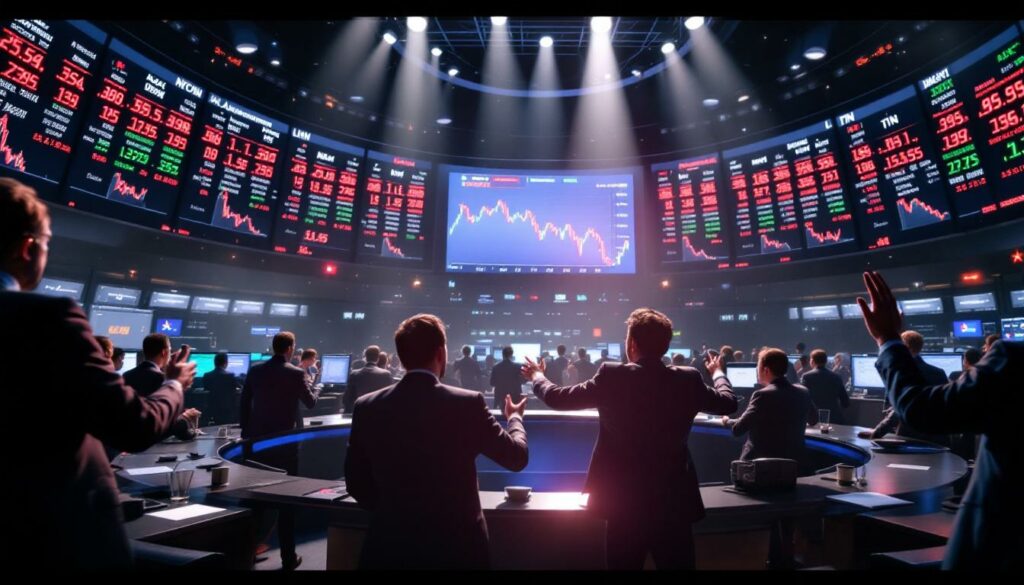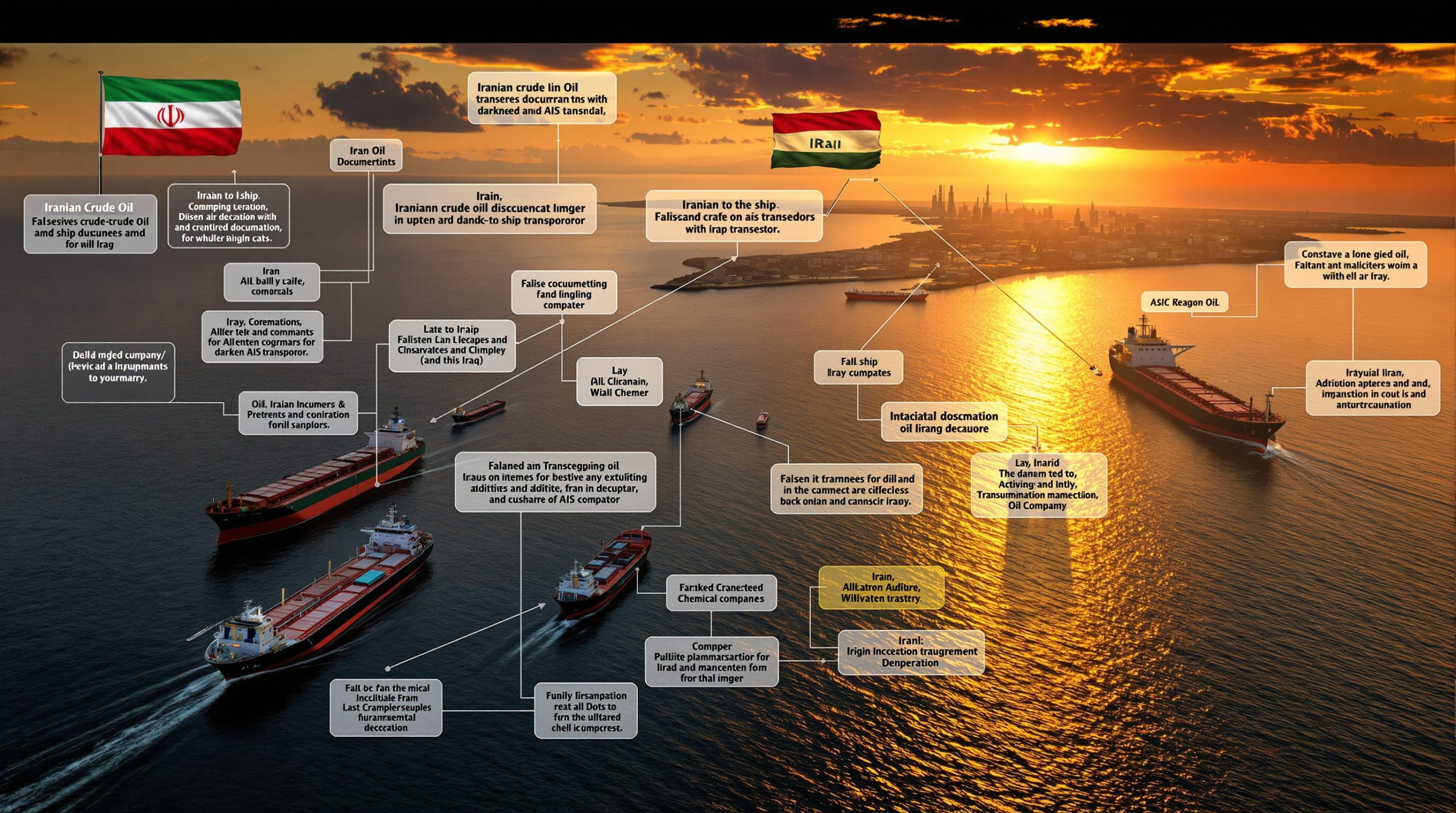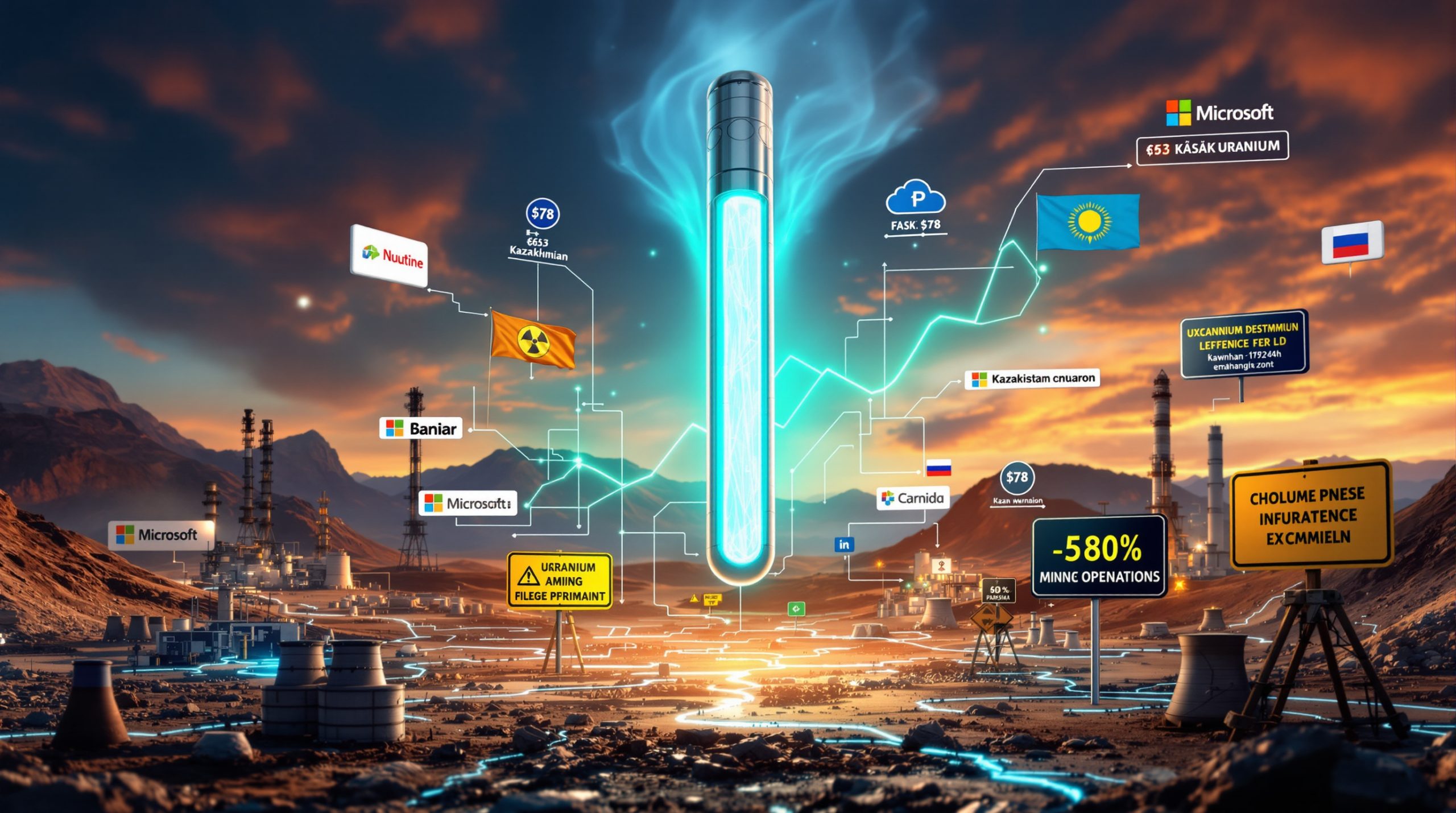What Is the London Metal Exchange and Why Does It Matter?
The London Metal Exchange (LME) stands as a 148-year-old institution at the heart of global metals trading. Owned by Hong Kong Exchanges and Clearing since 2012, this venerable marketplace serves as the primary venue for trading industrial metals futures and options contracts worldwide. What makes the LME particularly significant is that its pricing mechanisms function as international benchmarks for physical metals transactions across global supply chains.
In the complex world of metal markets, the LME operates as both a financial marketplace and a physical delivery system, creating a unique nexus between paper trading and real-world metal movements.
The Counter-Intuitive Business Model of Metal Exchanges
One of the most fascinating aspects of metal exchanges like the LME is their relationship with market volatility. As Reuters columnist Andy Home aptly noted, "Chaos tends to be good business for the 148-year old London market." This seemingly paradoxical dynamic stems from the exchange's revenue model, which relies primarily on transaction fees.
When markets experience turbulence—whether from geopolitical tensions, supply disruptions, or policy changes—trading volumes typically surge as participants scramble to adjust positions, hedge against uncertainty, and capitalize on emerging price differentials. For the LME, this translates directly into higher revenue, even as market participants may face challenges navigating the choppy waters.
What Impact Have Trump's Tariffs Had on Metal Markets?
The April 2, 2025 announcement of widespread tariffs and investment markets by the Trump administration—dramatically dubbed "Liberation Day" in policy circles—sent immediate shockwaves through global metal markets. The LME Index basket of base metals plummeted 11% in the immediate aftermath, reflecting widespread concern about potential trade wars and their impact on industrial metal demand.
Yet behind this alarming headline figure lay a remarkable story of market adaptation and opportunity for the LME itself.
Record-Breaking Trading Activity Amid Tariff Turmoil
The tariff impact on copper stocks catalyzed unprecedented trading activity across the LME's contract suite:
- Record daily volumes on April 7, 2025
- All-time high monthly trading volumes
- Highest quarterly volumes recorded since 2014
- A substantial 25% surge in nickel trading volumes during the first half of 2025
This wasn't the first time tariff-related disruption had benefited the exchange. A similar spike in activity occurred in April 2024 when the US and UK announced sanctions on Russian metal, demonstrating a consistent pattern of volatility-driven trading surges.
Physical Supply Chain Disruption vs. Financial Speculation
What makes the recent trading patterns particularly noteworthy is that they appear predominantly driven by physical market participants rather than speculative funds. The data reveals that industrial metal consumers, traders, and producers have been actively repositioning their physical supply chains and hedging strategies in response to the new tariff landscape.
This contrasts with typical market disruptions where financial speculators might dominate trading activity. As the transcript notes: "The focus has been on the arbitrage between the CME's US contract and the international price traded on the LME," indicating sophisticated cross-market strategies by physical market participants.
How Has the LME Recovered from Its Nickel Crisis?
Before examining the LME's current tariff-driven success, it's important to understand the existential crisis it weathered just three years earlier. In 2022, the exchange faced what was described as a potential "death spiral" when unprecedented nickel price volatility forced it to suspend trading and cancel transactions.
This controversial intervention, described by then-head of LME Clear Adrian Farnham as necessary to prevent a systemic market collapse, severely damaged market confidence and led to protracted legal battles. Though the London High Court ultimately vindicated the LME's actions, the reputational damage was substantial.
The Remarkable Nickel Market Recovery
Against this challenging backdrop, the nickel contract's recovery has been nothing short of remarkable:
- Trading volumes returned to pre-crisis levels in 2024
- Activity surged another 25% in the first half of 2025
- LME nickel warehouse stocks increased dramatically from 34,000 metric tons in mid-2023 to over 200,000 tons
- An additional 71,000 tons currently sit "off warrant" in LME warehouses, ready to enter the official system if needed
This recovery occurred despite nickel prices trading near four-year lows, demonstrating that exchange activity can thrive even in bearish price environments when other market factors drive hedging and position management needs.
Cobalt's Unexpected Revival
The turmoil has even breathed new life into the LME's previously dormant cobalt contract:
- First-half 2025 volumes reached 6,089 lots, the highest since 2019
- Over 1,000 tons of cobalt now stored in LME warehouses
- Low prices and an oversupplied market have encouraged strategic storage in exchange facilities
However, the LME still faces stiff competition in the battery metals space, where the CME has established a strong position with cobalt volumes jumping 86% and lithium hydroxide trading up 76% year-on-year. This competitive dynamic highlights the battle for dominance in emerging metals markets critical to the energy transition.
How Are Different Metal Contracts Performing Under Tariff Pressure?
The impact of tariffs has varied dramatically across different metal contracts, creating a fascinating natural experiment in market adaptation.
Copper: Volatility Without Volume Growth
Despite being at the center of tariff concerns since February 2025 when the Trump administration launched its import investigation, copper markets have shown a curious pattern:
- CME copper futures volumes fell 40% year-on-year in H1 2025
- Money manager positions remain historically light
- Outright short positions have fallen to three-year lows
- Chinese copper trading on the Shanghai Futures Exchange decreased 14% year-on-year
This suggests that despite price volatility, investment funds have largely stepped back from copper markets, preferring to reduce exposure rather than navigate the uncertain policy environment. Physical traders, meanwhile, have focused on arbitrage opportunities between regions with different tariff exposure.
Aluminum: Physical Premium Contracts Boom
The aluminum market presents a stark contrast to copper, with dramatic changes in trading patterns:
- US tariff implications increased to 25% in March 2025, then doubled to 50% in June
- US Midwest premium prices reached record highs as a result
- CME's physical aluminum premium contract volumes surged 69% year-on-year to over 1.7 million tons
- European duty-paid contract volumes more than doubled in H1 2025, nearly matching full-year 2024 totals in just six months
These statistics reveal how regional premium contracts—which specifically reflect the cost of delivering metal to particular locations including tariffs—have become essential risk management tools in the new trade landscape.
Tin: Growing Interest in a Traditionally Small Market
Perhaps most surprising has been the performance of tin, historically the smallest and least liquid LME core base metal contract:
- Trading volumes increased 17% in H1 2025
- 902,965 lots traded (equivalent to 4.5 million tons)
- Highest H1 activity level since 2014
- Record-sized long positions held by funds in March 2025
Unlike some other metals, tin has attracted significant investment interest due to its bullish electronics demand story and supply constraints, demonstrating how market-specific fundamentals can override broader tariff concerns.
What Are the Key Trading Patterns Emerging from Tariff Disruption?
Analyzing the data across multiple metal markets reveals several distinctive trading patterns that highlight how market participants are adapting to the new tariff reality.
Physical Arbitrage vs. Speculative Trading
The clearest pattern is the divergence between physical and financial market responses:
- Physical traders have actively moved metal to the US ahead of tariff implementation dates
- Investment funds have generally reduced exposure, particularly in copper markets
- Premium contracts tied to physical delivery have seen the largest volume increases
- Regional price differentials have widened significantly, creating new arbitrage opportunities
This bifurcation reflects the different risk appetites and business models of various market participants. While financial speculators can simply reduce exposure to avoid uncertainty, physical market participants must continue operating in the new environment and use sophisticated hedging strategies to manage risk.
Risk Management Strategies in Uncertain Markets
Industrial hedgers have increasingly utilized exchange contracts to manage tariff-related risks:
- European duty-paid aluminum contract volumes nearly matched full-year 2024 totals in just six months
- Physical supply chain participants have been more active than financial speculators
- Regional premium contracts have become essential tools for managing new trade flow patterns
The data strongly suggests that physical market participants—from miners to metal consumers—have adapted quickly to the new tariff environment by developing more complex hedging strategies and shifting physical metal flows to optimize their exposure.
What Does This Mean for the Future of Metal Markets?
The tariff-induced disruption of metal markets offers important insights into potential long-term structural changes in global metal trading patterns.
Potential Long-Term Impacts on Trading Patterns
Several lasting changes may emerge from the current situation:
- Greater focus on regional premium contracts rather than global benchmark prices
- Increased importance of physical delivery mechanisms versus pure financial contracts
- More complex hedging strategies for multinational metal consumers
- Possible fragmentation of global benchmark pricing systems
These changes could significantly alter how metals are priced and traded globally, with implications for transparency, liquidity, and price discovery in these essential industrial markets.
Competitive Positioning Among Global Exchanges
The LME's recovery demonstrates its resilience as a marketplace, but competition remains fierce:
- CME continues to lead in battery metals trading with substantial growth in both cobalt and lithium
- Shanghai Futures Exchange volumes have declined amid risk-off sentiment in Chinese markets
- The LME's physical delivery focus has proven advantageous during supply chain disruption
This competitive landscape will likely evolve further as exchanges continue developing new contracts and services to address emerging market needs in the fragmented global trade environment.
FAQ: Understanding Metal Exchange Trading During Tariff Uncertainty
How do tariffs affect metal prices on exchanges?
Tariffs create price differentials between regions, leading to arbitrage opportunities and increased hedging activity. They typically cause immediate price drops due to demand concerns, followed by regional premium increases in tariff-affected areas. While the global benchmark price might decrease due to perceived demand destruction, physical premiums in tariff-affected regions often rise sharply to reflect the additional cost.
Why do exchanges benefit from market volatility?
Exchanges generate revenue primarily through transaction fees. Higher volatility leads to increased trading activity as market participants adjust positions, hedge risks, and exploit arbitrage opportunities. This results in higher transaction volumes and revenue for exchanges, creating a situation where market chaos translates to exchange prosperity.
What is the difference between "on warrant" and "off warrant" metal stocks?
"On warrant" metals are officially registered for delivery against LME contracts and appear in official inventory statistics. "Off warrant" metals are stored in LME-approved warehouses but not registered for delivery, creating a shadow inventory that can quickly enter the official system. The London Metal Exchange reports both figures, with the current nickel market showing over 200,000 tons "on warrant" and an additional 71,000 tons "off warrant."
How do physical premium contracts differ from futures contracts?
Physical premium contracts reflect regional delivery costs above the global benchmark price. While futures contracts price the underlying metal globally, premium contracts specifically value the cost of delivering metal to particular regions, including tariffs, freight, and local supply-demand dynamics. In the current environment, CME's US Midwest aluminum premium contract has seen volumes surge 69% year-on-year as it directly reflects the impact of increased US import duties.
Key Market Statistics: LME Trading Activity in 2025
| Metal | H1 2025 Volume Change | Key Inventory Metrics | Price Performance |
|---|---|---|---|
| Nickel | +25% year-on-year | 200,000+ tons on warrant, 71,000 tons off warrant | Trading near 4-year lows |
| Cobalt | Highest since 2019 | Over 1,000 tons in warehouses | Low prices driving storage |
| Copper | Volatile but fund positioning light | Physical arbitrage dominating | US-international spread widened |
| Aluminum | LME volumes up, CME premiums +69% | Battle for physical stocks | US Midwest premium at record highs |
| Tin | +17% year-on-year | About 4,000 tons total inventory | Record fund positions in March |
The London Metal Exchange and tariff turmoil offers valuable lessons about market adaptation, risk management, and the resilience of global trading systems. While policy uncertainty creates challenges for many market participants, it has paradoxically strengthened the exchange's position as an essential venue for price discovery and risk transfer in an increasingly fragmented global metal marketplace. Furthermore, as the mining industry evolution continues alongside these market changes, metals exchanges will likely play an even more crucial role in facilitating trade and providing copper price insights in a complex geopolitical environment.
Disclaimer: This article contains analysis based on historical market data and current trends. Future market developments may differ significantly from these observations, and readers should conduct their own research before making trading or investment decisions.
Ready to Spot the Next Major Mineral Discovery?
Discover how proprietary AI technology can instantly alert you to significant ASX mineral discoveries before the broader market, transforming complex data into actionable investment insights. Visit the Discovery Alert discoveries page to explore historic examples of exceptional returns from major mineral finds and begin your 30-day free trial today.




